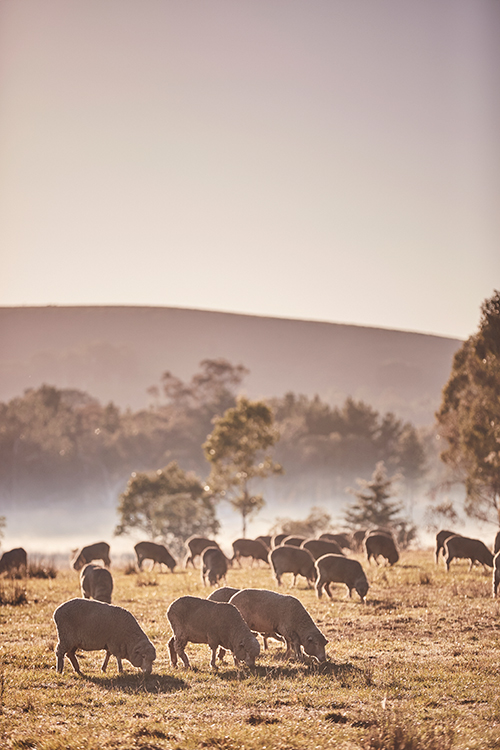By supporting the natural functions of the environment, regenerative agriculture is a holistic farming approach that focuses on developing the biology and fertility of soils as the basis of the entire farm ecosystem.
Good soil health is essential to our ecosystem and plays a vital role in determining how healthy, or unhealthy, we are. Soil is the basis for plant growth (remember learning about photosynthesis at school?), it promotes biodiversity both above and below the ground, provides water, and by acting as a carbon store it plays a pivotal role in combating climate change.
How regenerative agriculture supports soil health
By supporting the natural functions of the environment, regenerative agriculture is a holistic farming approach that focuses on developing the biology and fertility of soils as the basis of the entire farm ecosystem.
Regenerative agriculture works to:

Support soil systems

Increase biodiversity

Improve water cycles

Support bio-sequestration

Increase resilience to climate fluctuation

Strengthen soil health and vitality
So how does wool fit in?
Sheep are key to good soil health. Including animals in farming systems can reduce the need for fertilisers and implementing rotational grazing techniques ensures that grass is trimmed regularly, allowing it to regrow, store more carbon in its roots and support biodiversity in and above the soil.
Still confused?
Meet wool-growing families who demonstrate how living on the land can, in fact, improve the environment.
Harry Watson, Millpost Merino
Harry Watson, Millpost Merino
“We use permaculture to inform our farms layout and then we're using the tools and management decision making techniques from Alan Savoury's holistic management techniques to inform our grazing management.” - woolgrower Harry Watson.
Nan Bray, White Gum Wool
Nan Bray, White Gum Wool
“My wool-growing production system relies on three main commitments: excellence in nutrition, a conservation land ethic, and thoughtful animal welfare.” - woolgrower Nan Bray.
Charles Downie, Glenelg Estate
Charles Downie, Glenelg Estate
“Our focus has been to minimise our impact on the land over a long period of time, so that the land is secure for whoever manages ‘Glenelg’ after us.”- woolgrower Charles Downie.
Why is this important for fashion?
Natural fibres, the best fibres for low impact fashion, are grown on agricultural land, aka soil. By keeping soils healthy when producing these natural fibres, farmers can help the fashion industry become more sustainable. Learn about the benefits of wool.


How can you support regenerative agriculture?
- Invest in natural, renewable and biodegradable fibres such as wool, to enable farmers who produce the fibre to earn a decent income which allows them to reinvest back into their farm.
- Keep an eye out for traceable garments such as these ones from wool&, WARDROBE.NYC and Albus Lumen that can trace a fibre back to farm.
- Make a conscious effort to avoid fibres that are non-renewable such as those derived from petrochemicals and fossil fuels. These fibres are not only sourced from non-renewable resources, they also produce microplastic pollution.